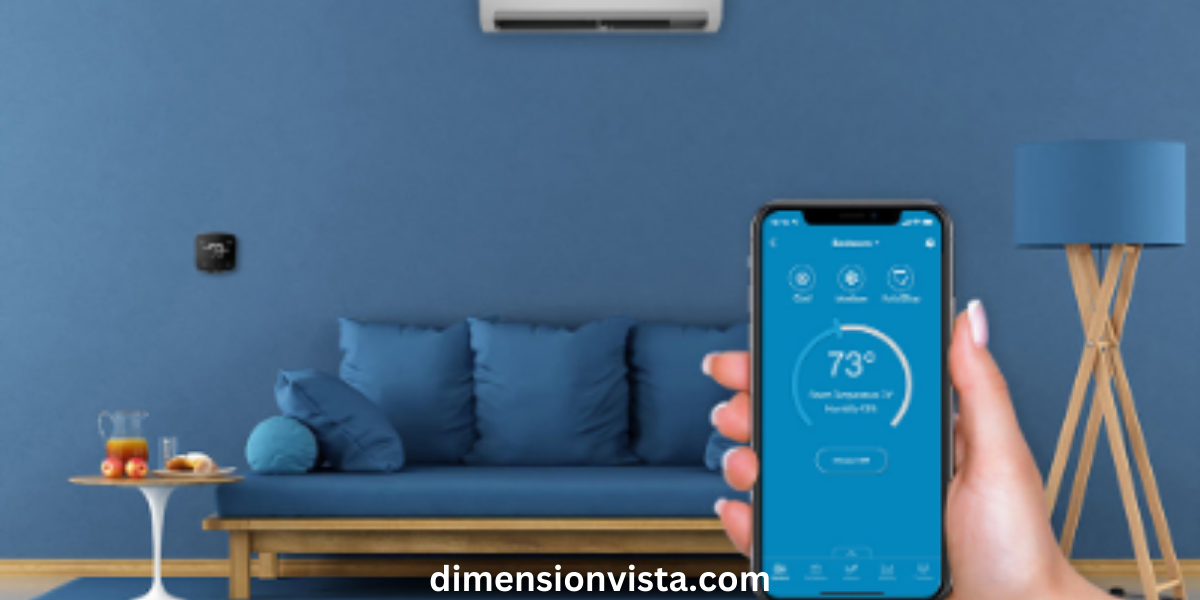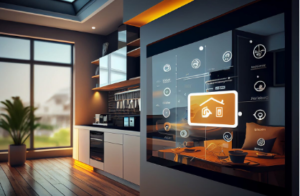As the world becomes increasingly connected, the way we manage our homes is evolving rapidly. One standout innovation in this shift toward smart living is the rise of WiFi air conditioners. These devices offer more than just cooling they integrate seamlessly into smart home ecosystems, providing unparalleled convenience, efficiency, and control. In this article, we will explore why WiFi Air conditioners are the future of smart home cooling, backed by data, real-world examples, and actionable insights.
What Are WiFi Air Conditioners?
WiFi air conditioners are air conditioning units that connect to your home’s wireless network, allowing you to control them via a smartphone app, voice commands, or other smart home devices. They come in various forms, including window units, portable models, and split systems, catering to different needs and home setups.
Key Features:
- Remote Control: Manage your air conditioner from anywhere using a smartphone app.
- Voice Compatibility: Integrate with voice assistants like Alexa, Google Assistant, or Siri.
- Energy Monitoring: Track your energy consumption in real-time.
- Custom Schedules: Set timers and cooling schedules for optimal efficiency.
- Smart Sensors: Detect room occupancy and adjust cooling accordingly.
The Benefits of WiFi Air Conditioners
1. Unparalleled Convenience
With WiFi air conditioners, you can control your home’s cooling from anywhere. Whether you’re on your way home or lounging on the couch, adjusting the temperature is as easy as tapping your phone. This level of convenience is a game-changer for busy individuals and families.
2. Energy Efficiency
Energy efficiency is one of the most significant advantages of WiFi air conditioners. These units allow you to:
- Set cooling schedules to ensure the unit operates only when needed.
- Monitor energy consumption to identify patterns and make adjustments.
- Utilize eco-modes and smart sensors to reduce wastage.
According to the U.S. Department of Energy, using smart controls for your air conditioner can save up to 10-30% on energy costs annually.
3. Improved Indoor Comfort
WiFi air conditioners ensure that your home is always at the perfect temperature. Features like real-time adjustments, humidity control, and zoned cooling allow you to create a customized and comfortable environment tailored to your needs.
4. Integration with Smart Home Ecosystems
These devices integrate seamlessly with other smart home technologies. For instance:
- Pair your WiFi air conditioner with a smart thermostat for optimal temperature management.
- Use voice commands through Alexa or Google Assistant to adjust settings.
- Connect to smart plugs or home automation systems for enhanced functionality.
Addressing Common Concerns
1. Are They Secure?
Security is a top concern for many consumers when adopting smart home technologies. Reputable manufacturers include advanced encryption protocols and regular firmware updates to protect against vulnerabilities. Always ensure you:
- Use strong, unique passwords for your device and home network.
- Keep your firmware updated.
2. Are They Expensive?
While WiFi air conditioners may have a higher upfront cost than traditional models, their energy savings and advanced features often justify the price. Additionally, many utility companies offer rebates for energy-efficient appliances.
3. Do They Require Professional Installation?
Most WiFi air conditioners are designed for DIY installation. However, larger systems like split units may require professional setup. Always check the manufacturer’s guidelines.
Real-World Examples of WiFi Air Conditioner Benefits
Example 1: A Busy Family
The Smith family uses a WiFi air conditioner to keep their home comfortable while managing a hectic schedule. By setting cooling schedules and controlling the unit remotely, they’ve reduced their energy bills by 20%.
Example 2: A Tech-Savvy Apartment Dweller
Emma, a tech enthusiast living in a small apartment, integrates her WiFi air conditioner with her smart home setup. She uses voice commands to adjust the temperature and tracks her energy usage through the app, ensuring minimal wastage.
How to Choose the Right WiFi Air Conditioner
When selecting a WiFi air conditioner, consider the following:
1. Size and Cooling Capacity
Choose a unit with the appropriate BTU rating for your space. Too small, and it won’t cool effectively; too large, and it will waste energy.
2. Features
Look for features like smart scheduling, energy monitoring, and voice compatibility to maximize your investment.
3. Brand Reputation
Stick to trusted brands like LG, Samsung, and GE, which offer reliable products and excellent customer support.
4. Budget
Set a budget and compare models within your price range. Remember to factor in potential energy savings.
The Future of WiFi Air Conditioners
The demand for smart home technologies is growing exponentially. According to a report by Statista, the global smart home market is expected to reach $222 billion by 2025. WiFi air conditioners are at the forefront of this trend, driven by advancements in AI, machine learning, and IoT (Internet of Things) technologies.
Future innovations may include:
- AI-Driven Cooling: Predictive algorithms that adjust cooling based on weather forecasts and occupancy patterns.
- Enhanced Energy Storage: Integration with renewable energy systems like solar panels.
- Greater Interconnectivity: Seamless integration with entire smart home ecosystems.
Conclusion
WiFi air conditioners are revolutionizing the way we cool our homes. By offering unmatched convenience, energy efficiency, and integration with smart home systems, they represent a significant leap forward in home comfort technology. Whether you’re a tech enthusiast or simply looking to save on energy bills, investing in a WiFi air conditioner is a smart move.
Ready to upgrade your cooling experience? Explore the latest models and embrace the future of smart home living today.





